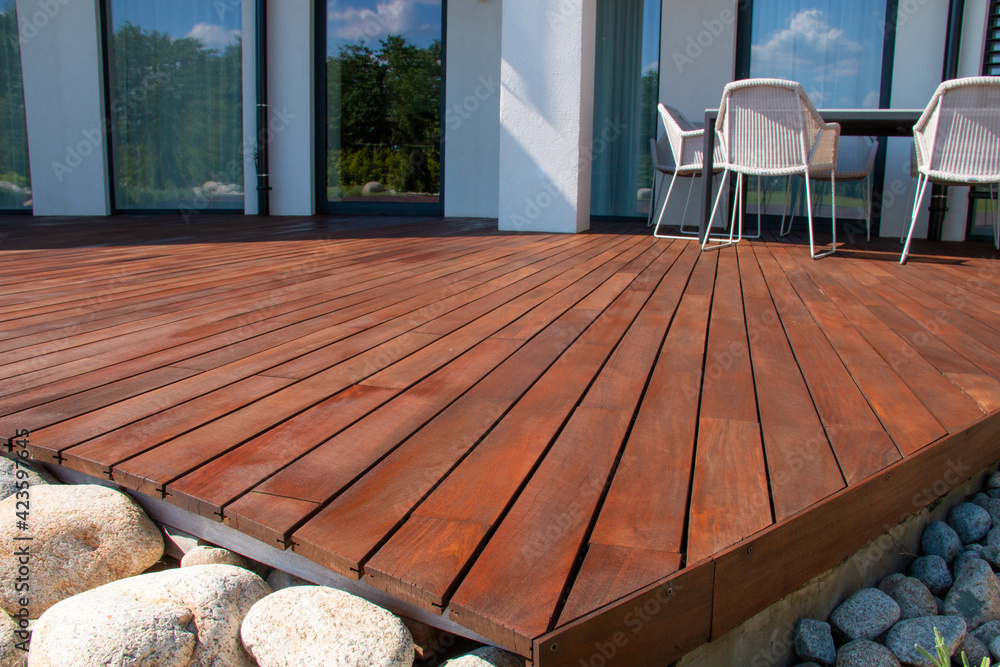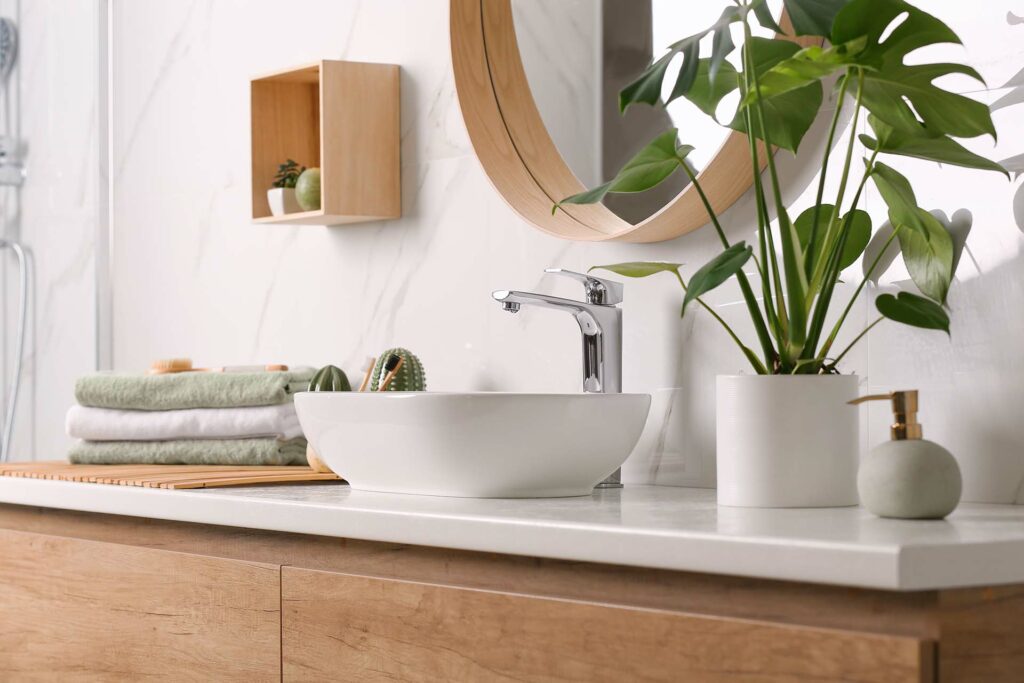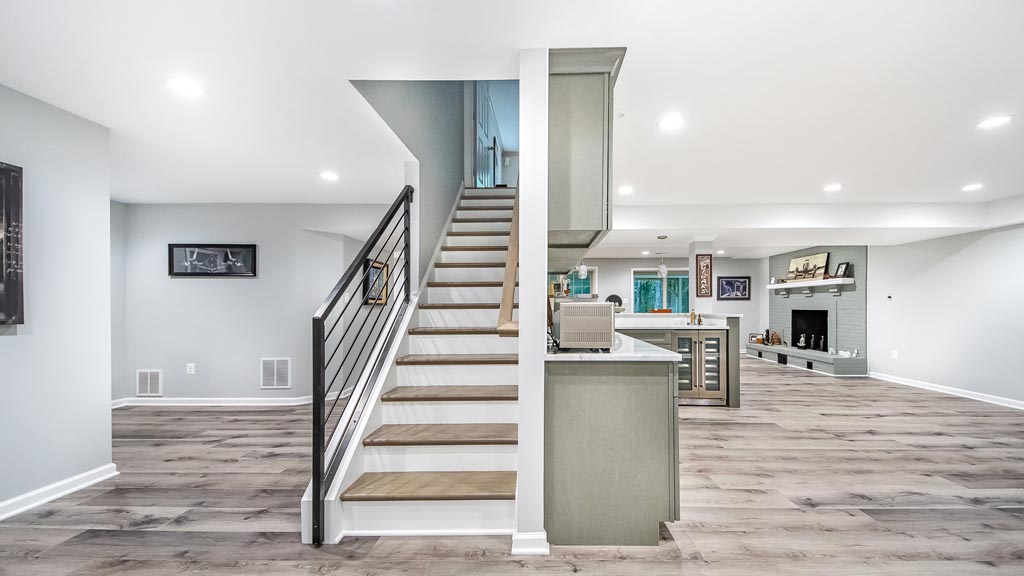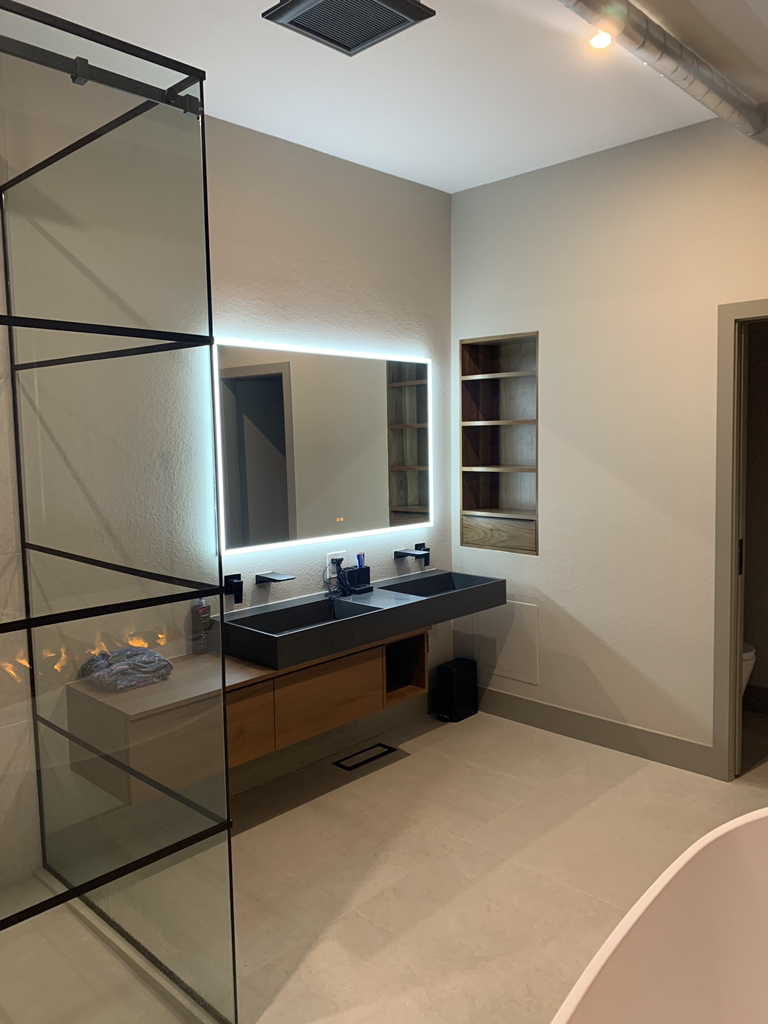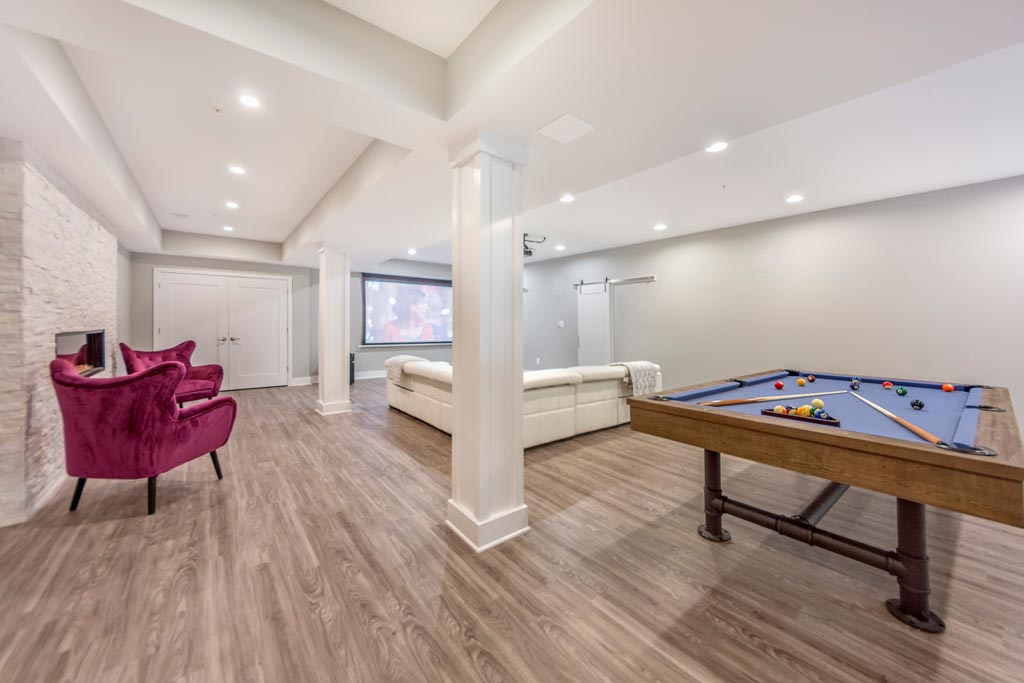Interior Services
Worried about organizing multiple contractors and project timelines for your interior remodel? Let Paragon Partners handle all of your interior services under one roof.
Request a Free Quote (720) 949-0051Our Process: From Design to Production
At Paragon Partners, we understand that an interior remodel is not just about changing a room—it’s about creating a space that reflects you and your lifestyle. With meticulous attention to detail and dedication to perfection, we tailor each project to be exactly what you’re envisioning.
1
Tailored Design Consultation
Start with a personalized design consultation to capture your vision. Our experts guide you from ideation to the details of the design, making sure every element is centered around your needs and preferences.
2
Premium Materials and Craftsmanship
We pride ourselves on sourcing only the highest quality materials, guaranteeing both beauty and longevity. Our team of skilled artisans, partnered with trusted licensed contractors, bring unmatched expertise to every part of your remodeling project.
3
Collaborative Process
With your dedicated project manager, you’ll never have to worry about juggling multiple contractors or timelines. We communicate with you every step of the way, ensuring your satisfaction and peace of mind.
Insurance Claims &
Damage Restoration
Has smoke or water damage left your home in desperate need of a remodel? Paragon Partners is here for you. We specialize in damage restoration, working with insurance agencies and licensed contractors to restore your interiors to their pre-loss condition. Our streamlined process ensures peace of mind during the restoration journey.
Explore our comprehensive
Interior Remodel Services
- Customized Interior Design: Tailor your space to match your style and preferences. Our designers will help bring your ideas to life.
- Luxurious Bathroom Transformations: Experience the epitome of relaxation with our premium bathroom renovations.
- Basement Renovations: Maximize your living space with our expert basement transformations.
- High-End Kitchen Renovations: Elevate your culinary experience with a kitchen designed for luxury and functionality.
Why Choose Paragon Partners?
Choosing us for your interior remodel means choosing excellence. Your dedicated project manager ensures completely transparent communication, guiding you from start to finish. Our skilled contractors deliver meticulous, high-quality work, focusing on every detail.
We pride ourselves on staying on schedule and within budget, making your dream renovation stress-free and straightforward.
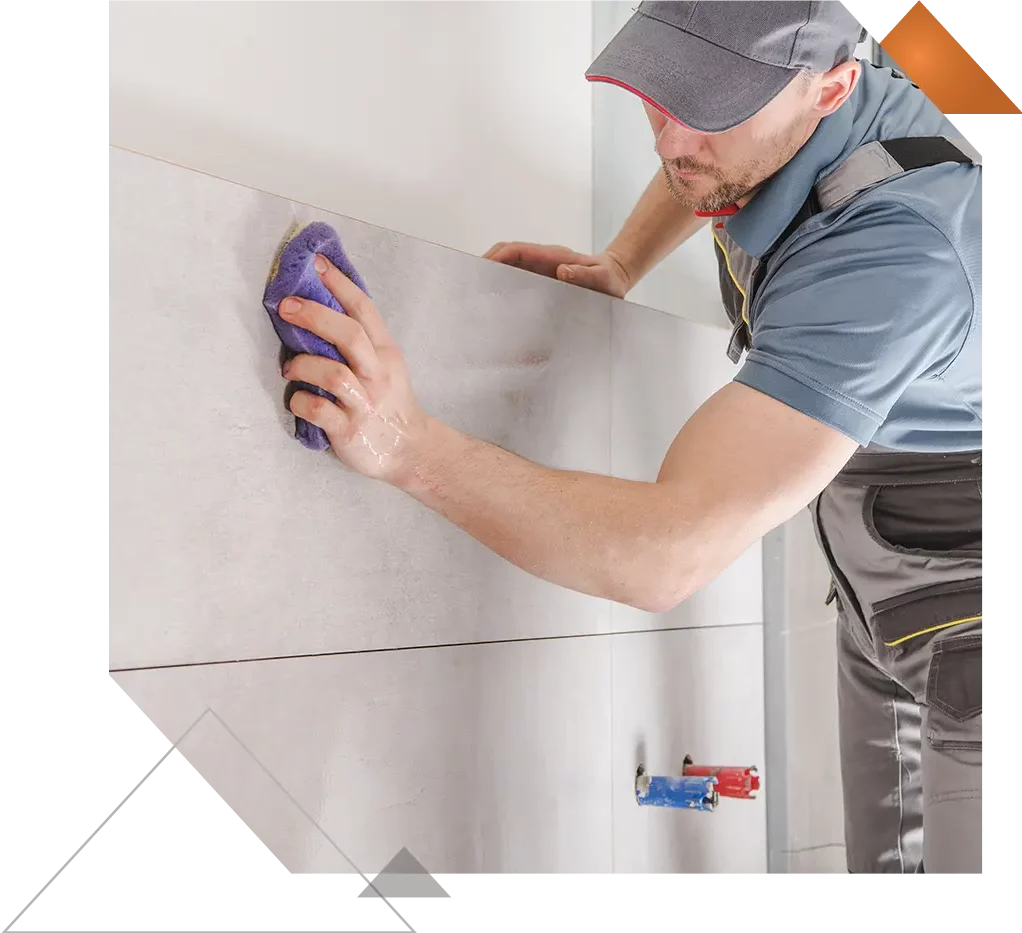
Are you ready to Take your space to the next level?
You tell us the type of project you want to do, and we'll give you a fair, no-obligation estimate and consultation. We'll walk you through the process step by step so you'll never be surprised. Call us, email us, or use our convenient online form to get started today!
Get A Consultation (720) 949-0051